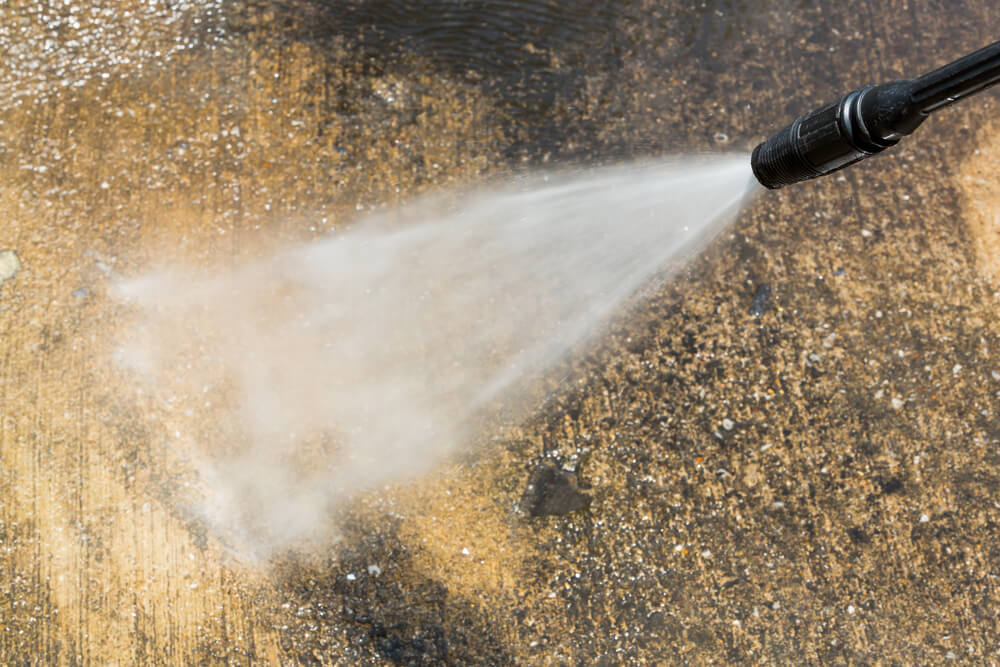Can You Pressure Wash Travertine?
Unless you are a professional builder or tile salesman, then like me you might be wondering what Travertine actually is.
Well, picture the Colosseum, the outside of the dome of St Peter’s Basilica and the Colonnade of St Peter’s Square with its parade of saints and you should see the creamy grey and white colored stone of which they were constructed. That is Travertine, explains a provider of pressure washing services in Tampa aptly named, Tampa Bay Pressure Washing Services.
I think that if it was good enough to be used by Bernini and Michelangelo, then it must be an exceptional material.
How is Travertine made?
Travertine is a type of limestone that is deposited by hot, mineral springs and geysers. As a result, it has a fibrous texture, with pitted holes and troughs that suggest that it endured considerable stress during its formation. It has a natural colour range of creams, browns and even an earthy red. It can be cut in different ways to showcase its unique coloration and patterns.
The name, Travertine, comes from Latin, and means “of Tibur” or Tiber stone. It was named after the Roman city, Tivoli, where it has been quarried since ancient times. Other countries, like Turkey, Croatia and America (there are large travertine deposits found in the Yellowstone National Park) are the suppliers of this beautiful material for both industrial and domestic uses.
How can it be used?
If you prefer a natural look in flooring and finishes, then Travertine is the material for you. Naturally, the surface is pitted i.e. covered in tiny holes and troughs, and it is porous. But it can be polished to a smooth finish or left in a natural state. The finish will determine the type of care and maintenance that will be required.
It can be used indoors for flooring, backsplashes, countertops, sinks and bathroom tiling.
Its outdoor uses include pool edging and tiling, patio tiling and columns for example.
The reason it can be used in so many and varied ways, is because it is hard, durable, slip-resistant and can withstand changes in temperature. It is also easy to cut and shape, although it is worth remembering that Travertine tiles are very heavy and need care when being transported.
There is an interesting Travertine Tile Flooring Buyer’s guide that can be found here on thespruce.com with photos and application ideas for indoor and outdoor products.
How should Travertine be maintained and cleaned?
Indoors:
Because Travertine can be used indoors and outdoors and may be sealed/unsealed, there are a whole host of instructions and suggestions on how to clean and maintain it.
It is advisable to do research on the maintenance of this material before installing it so that you are informed about the “special needs” for keeping it in perfect condition.
While it does not require expensive cleaning products and equipment, Travertine will not tolerate any acid or chemical cleaners. The website, hunker.com, has comprehensive information on repairing and cleaning Travertine.
For indoor cleaning, it is suggested that the tiles are wiped with a dry mop to remove surface dirt. After that, it is advisable to wipe with a mild, neutral biodegradable dishwashing soap. Have a look here for some specific brands.
Do not allow puddles to form, so use a gentle swishing motion and for vertical tiles, you should work from the bottom to the top.
For high traffic areas, a wet vacuum or an automatic scrubber fitted with a disc brush will clean without damaging the delicate tiles.
Stains should be dealt with immediately, and in the correct way to avoid permanent damage. If you find that you need to perform a cleaning task, always do a small test on an inconspicuous tile first. In this way, you can ensure that the method is suitable for this delicate material and will not become an unsightly or costly mistake!
Outdoors:
Travertine that has been used externally, as a facing material, as part of the structure or for walkways, will need to be cleaned at least once a year to prevent the accumulation of dirt and grime.
It should not need any soap or special chemicals and can be simply rinsed with clean water.
If the Travertine has been neglected for a number of years, it will be more challenging to clean. Only in extreme conditions of neglect and dirt build-up should a pressure washer be used, and it is advisable to have this work carried out by a professional.
A final word
Travertine is a naturally beautiful limestone that is both strong and delicate at the same time. It will serve you for many years if cared for and gently cleaned on a regular basis.
Pressure washing is not recommended, but, in certain extreme cases of neglect, it may be the only cleaning method that can be used to remove years of grit and grime. It should only be performed by a professional stone cleaner.






















